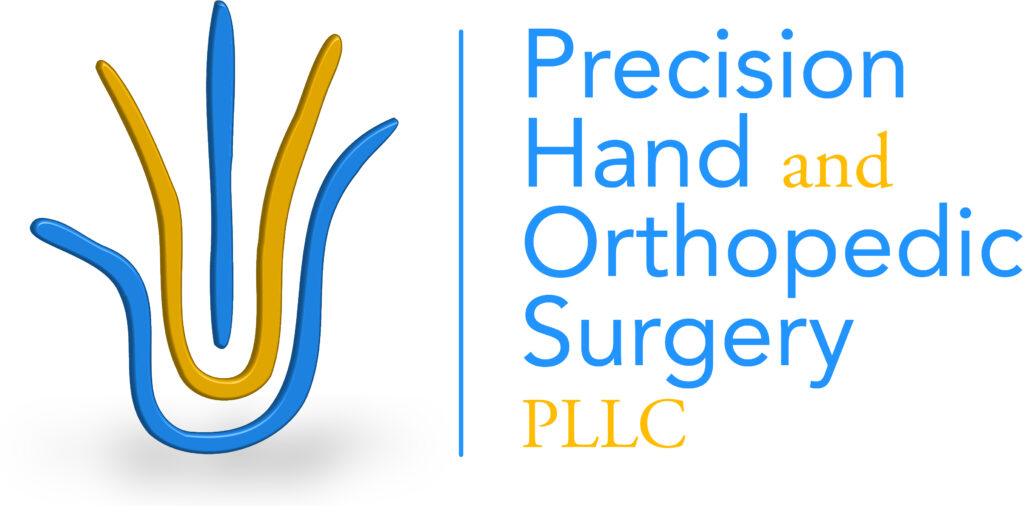Doc, I fell when I was playing pickleball.
Pickleball is enjoyed by individuals of many ages. However, the quick reflexes and movements required for success on the court may lead to occasional injuries. Most commonly, these injuries occur after an on-court trip and fall. After falling, patients may sustain an injury to the wrist. In severe cases, patients often present to the emergency room with a deformity of the wrist, where they are diagnosed with a broken bone (wrist fracture). Broken bones in the wrist may include the distal radius or the scaphoid. Broken Wrist. With displaced fractures (breaks) of the distal radius, management may include manipulation or reduction of the broken bone to improve alignment followed by immobilization. In some instances, the treating physician may discuss surgical treatment. This may involve making an incision to visualize the area of the break, manually improving alignment, and subsequently applying a plate and screws to affix the realigned broken bone.
Scaphoid fractures vary in their location. When fractures are nondisplaced, thumb spica immobilization may allow for healing. In other circumstances, surgical treatment such as screw fixation of the scaphoid may be recommended. Patients may also sustain an injury to wrist ligaments when playing pickleball. In minor cases, rest, immobilization, and over-the-counter medication may improve symptoms. With more severe injuries, advanced imaging such as MRI may be recommended for further evaluation. In these severe injuries, surgical treatments including ligament repair may be considered. Scapholunate Ligament Injury. TFCC Injury. ECU Instability. Pickleball injuries may range from minor to severe. If your wrist hurts after playing pickleball and you are concerned, schedule an appointment with your treating physician.
The decision regarding nonoperative versus operative treatment is complex and should be discussed with your treating physician.
Outcomes after surgical treatments vary and risks and benefits should be discussed in detail with your treating physician. Nonoperative treatment also carries risks and benefits which should be discussed with your treating physician.
Disclaimer: Evaluation and treatment of sports injuries involve complex decision-making. This information is not intended to covey, substitute or supplant any medical advice. In order to establish a treating relationship, please schedule and complete your visits with a licensed physician.
Copyright 12/18/2021 Tanay Amin, MD
Do not copy, distribute, or publish this article. Please contact Precision Hand and Orthopedic Surgery PLLC with regards to any inquiries or corrections.
